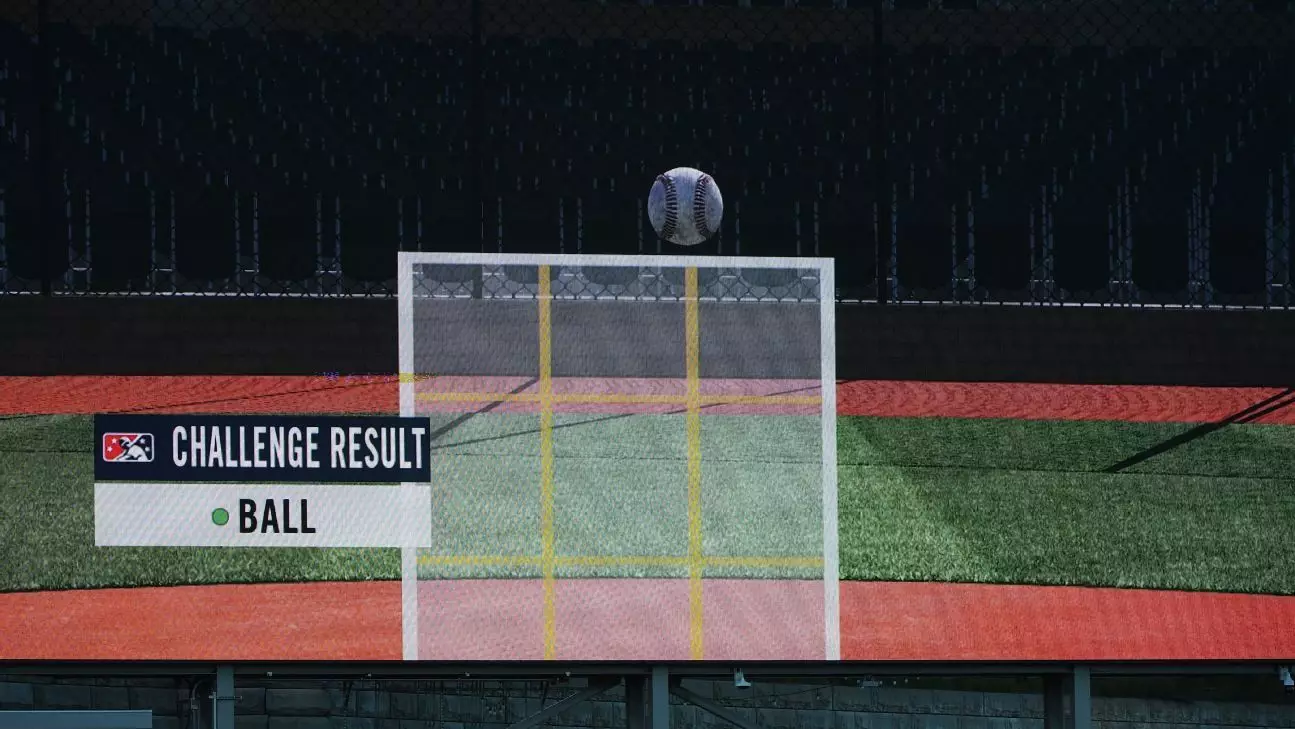As Major League Baseball (MLB) edges closer to incorporating technology into its framework, the implementation of the Automated Ball-Strike (ABS) challenge system marks a significant shift. This system, set to be tested extensively during the spring training of 2024, is not merely a retrofitting of technology onto an age-old sport but an attempt to blend tradition with innovation while maintaining the essence of baseball.
At the core of the ABS challenge system is the premise of empowering players and keeping the human element intact within the game. Unlike traditional automated systems where each pitch decision is made by technology, the challenge system allows players—specifically, batters, catchers, or pitchers—to contest an umpire’s decision within a brief window of opportunity. Each team is granted two challenges per game, and successful challenges allow teams to retain their chances, fostering a strategic layer to the game that fans might find engaging.
This configuration offers a nuanced approach to pitch calls; players must communicate rapidly, tapping their hats or helmets to signal a challenge immediately after the call. This mechanism retains the traditional forms of signaling that baseball fans recognize, ensuring that even as technology evolves, the game’s heritage remains intact.
Trial Phase: Spring Training Insights
The MLB will deploy the ABS challenge system in 13 designated stadiums across Arizona and Florida during the 2024 spring training season. This extensive testing will yield valuable data as the league investigates how this system may function at the major league level, with an eye toward a possible full-time rollout by 2026. Key stadiums involved include those where teams like the Seattle Mariners and San Diego Padres or the Chicago White Sox and Los Angeles Dodgers face off.
The initial phase isn’t merely about performing tests in isolated baseball environments; it’s about gathering empirical evidence about how this technology affects gameplay dynamics and fan engagement. During the league’s trials in the minor leagues, an overturn rate of around 50% was observed, indicating there is substantial room for disputes and the potential for refining techniques.
A Blend of Technology and Tradition
The retention of the human element is crucial for the MLB, as outlined by league officials who believe that a complete automation of pitch calls could alienate players and fans alike. Traditionalists may fear that abandoning the human umpire could strip away some of the intrinsic allure of baseball—the tug of war between players and their human counterparts.
Furthermore, the technology’s integration respects the craftsmanship involved in pitch framing by catchers—a skill that represents a unique art form in baseball that rewards dexterity and intuition. By promoting the ABS challenge system, the league hopes to capture the best of both worlds, consolidating the reliability that technology offers while respecting the uniqueness of baseball intricacies.
As the spring training unfolds, the MLB will not only monitor the challenges in real-time but also consult feedback from players and coaching staffs. This input will be invaluable as the league’s competition committee analyses the effectiveness of the ABS system in the context of live games. The Spring training tests are a precursor to expanding this system into Triple-A baseball in the 2025 season, paving the way for comprehensive data collection ahead of the potential 2026 adoption for major leagues.
With the first game set to implement the challenge system happening between the Cubs and Dodgers, the league is poised on the brink of fostering an evolution in how baseball is played, officiated, and consumed. The successful integration of the ABS challenge system could lead to a richer spectator experience while preserving the authentic drama that has captivated baseball fans for generations.
The proceedings of the upcoming season will be closely watched—not just by those involved in the games, but by a world eager to see whether technology can coexist harmoniously with the rich traditions of America’s pastime. The fate of the ABS challenge system might redefine how we perceive and interact with the sport, steering baseball into a promising digital future.


Napsat komentář